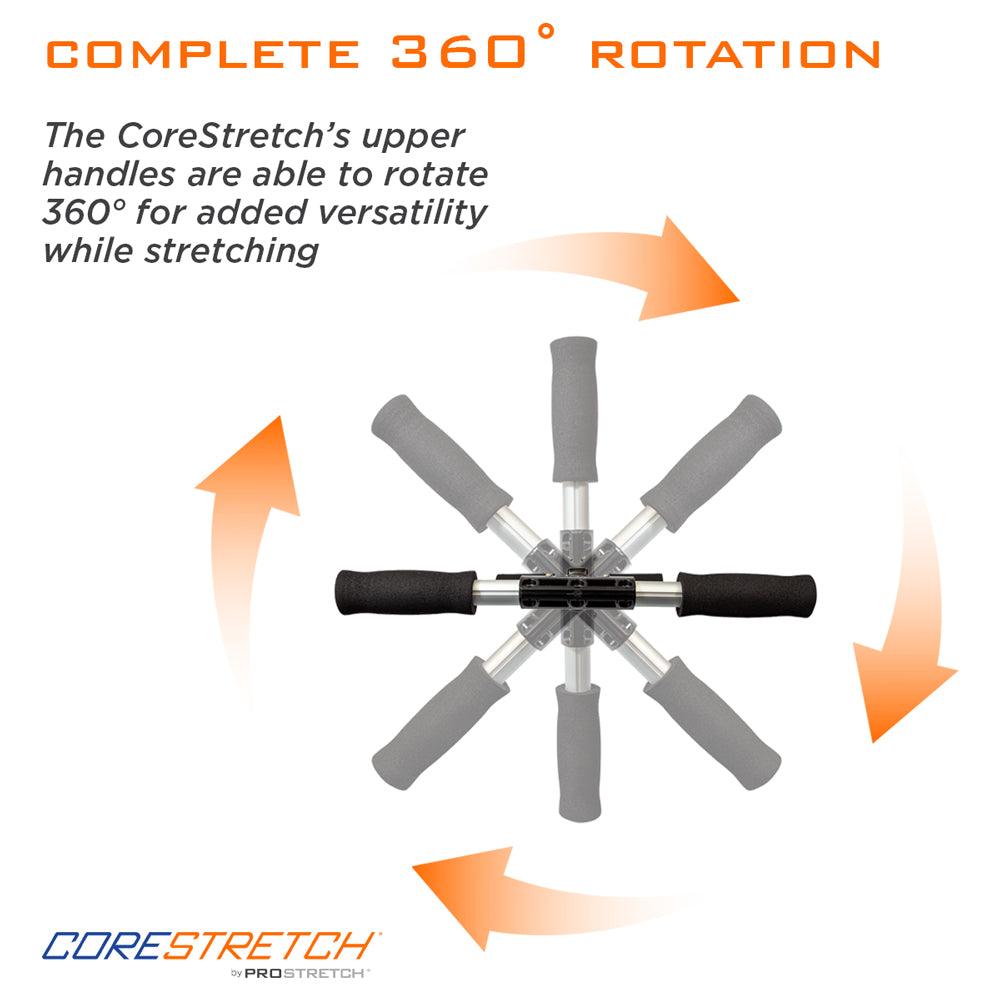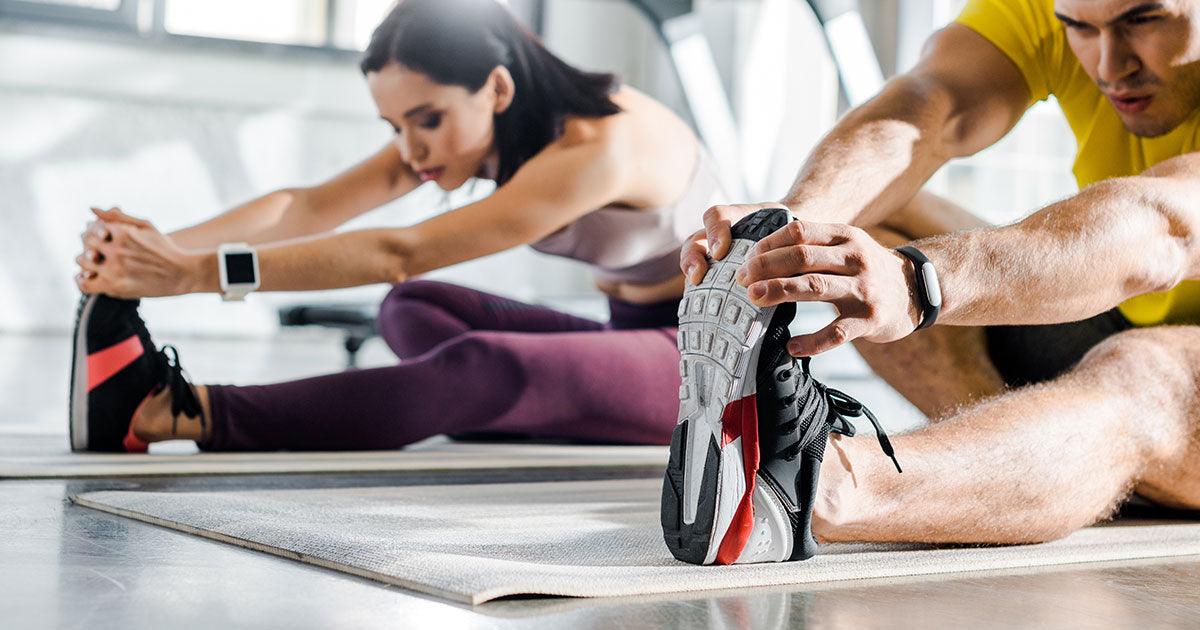Stretching for Injury Prevention
(Part 3 of a 4 part series on Stretching Your Way into Better Health)
There are many good reasons why everyone can benefit from making stretching part of their daily routine. Our last blog post, Stretching for Improved Performance, focused on how incorporating a regular stretching routine into your training schedule can pay off in improved athletic performance. While improving athletic performance is a great reason to stretch, another equally important benefit from stretching on a regular basis is injury prevention.
Whether you are an athlete, active adult or a senior, a regular stretching routine can help your muscles be strong and injury resistant. When a joint’s range of motion is increased through stretching, there is a decrease in the resistance that muscles experience during daily activities. Flexible muscles are less likely to become injured from a slightly extensive movement. Flexibility has two important components:
Static flexibility– This type of flexibility describes range of motion without consideration for speed of movement. This represents the maximum range a muscle can achieve with an external force such as gravity or manual assistance. An example would be holding a hamstring stretch at an end-of-range position.

Dynamic flexibility– This term describes the use of the desired range of motion at a desired velocity. Dynamic flexibility is the range athletes can produce themselves. For example, a baseball pitcher needs a lot of shoulder rotational flexibility but also needs to be able to produce it at rapid speeds of movement.
For athletes and active adults wanting to properly stretch and warm-up prior to athletic activity, it is an important part of injury prevention to never stretch or begin that activity when your muscles are cold. It is a good idea to begin with some mild aerobic activity such as walking, cycling or slow jogging for 5-to-10 minutes prior to stretching. This mild activity increases blood flow to the muscles, increases the muscle temperature and makes the collagen fibers more elastic. This initial activity will help your stretching routine be more effective, prevent soreness and injury, increase range of motion, and improve performance.
The most effective way to decrease the possibility of injury before athletic activity is to perform dynamic stretching (stretching with movement). In the past, athletes were told to use static stretching (stationary reach and hold) prior to practice and competition with the thought that static stretching prepared the muscles for activity and helped to prevent injury. Recent studies are now suggesting that static stretching prior to activity can actually decrease athletic performance and may increase an athlete’s chance of injury.
Dynamic stretching consists of slow, controlled motions which help prepare the body for movement and change of direction. This type of stretching closely mimics movements made during exercise and involves moving many parts of the body by using momentum and active muscular effort to gradually increase reach, range of motion, and speed of movement. Dynamic stretching helps lengthen muscles, increases balance, improves mobility, coordination and range of motion, and decreases the chance of injury.

>An effective and safe way to perform dynamic stretching is to use the CoreStretch. The CoreStretch was originally developed for use by physical therapists so it safely provides a stretch that both allows the tissues to relax and elongate and develops the major muscle groups that make up the body’s core. Online videos can provide instruction on using the CoreStretch. A downloadable guide is also available.
Static stretching involves stretching as far as possible and holding that stretch for 10-30 seconds with no movement. Because you simply go as far as you can in static stretching, this kind of stretching does not require much training and is the easiest to do for those who are just adding stretching to their exercise routine. Static stretches are best used to improve flexibility and cool the body down after exercise.

Stretching is also very important for aging adults to maintain good balance and avoid injuries. When a child falls, he usually shakes it off and keeps moving. But when an older adult falls, there can be serious consequences such as broken bones or head injuries. These injuries can limit mobility and lead to a downward health spiral. Every year, thousands of older Americans die as a result of breaking a hip. Broken bones and head injuries can reduce confidence, increase a fear of falling, and threaten independence.
Stretching exercises that improve endurance, muscle strength, and flexibility can help prevent falls and related injuries. Seniors who stretch regularly can experience benefits such as increase in reaction times, improved coordination, stronger bones, better brain function, and increased muscle mass which can help protect bones and joints. Seniors can benefit from both static and dynamic stretching exercises.
Regardless of your age or athletic ability, the New Year is a great time to begin a stretching program for injury prevention. So start stretching today and help your muscles become flexible, strong, and injury free!
Read the entire Stretching Your Way into Better Health Series:
- Part 1: Top 10 Reasons to Stretch
- Part 2: Stretching for Improved Performance
- Part 4: February 17th
The post Stretching for Injury Prevention appeared first on Medi-Dyne.



































